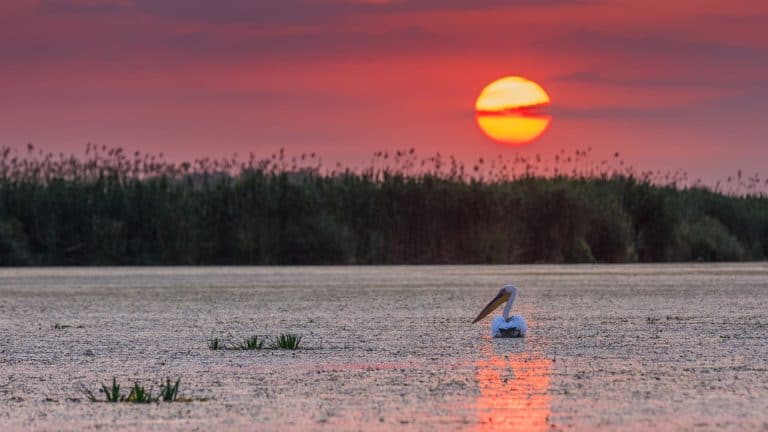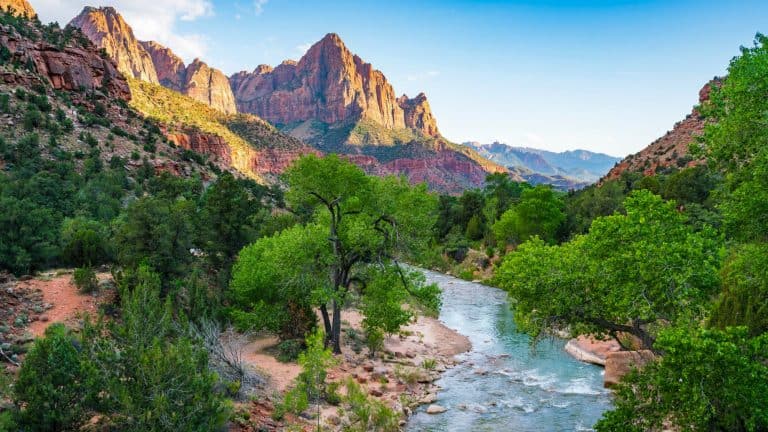Discover Parks & Wildlife contains affiliate links and is a member of the Amazon Services LLC Associates Program. If you make a purchase using one of the Amazon links (or other affiliate links), we may receive compensation at no extra cost to you. See our disclosure policy for more information.
These 15 UNESCO Sites Are So Stunning They’ll Stop You In Your Tracks
UNESCO World Heritage Sites are those places that make you wonder if teleportation should already exist because waiting for flights to them is just unreasonable. And these spots are scattered across the globe, showcasing humanity’s ability to build awe-inspiring structures or preserve places so breathtaking you’d think they were conjured by wizards.
They’re not just pretty, though; these sites come with stories, histories, and a heap of cultural significance that’ll have you saying, “Wait, how old is that?” as you clutch your coffee and question all your decisions up until deciding to visit.
From architectural marvels to jaw-dropping natural landscapes (no spoilers yet), they’ve secured their spot as must-visit destinations for adventurers, dreamers, and… well, anyone looking to impress people at dinner parties.
Rapa Nui National Park (Easter Island), Chile
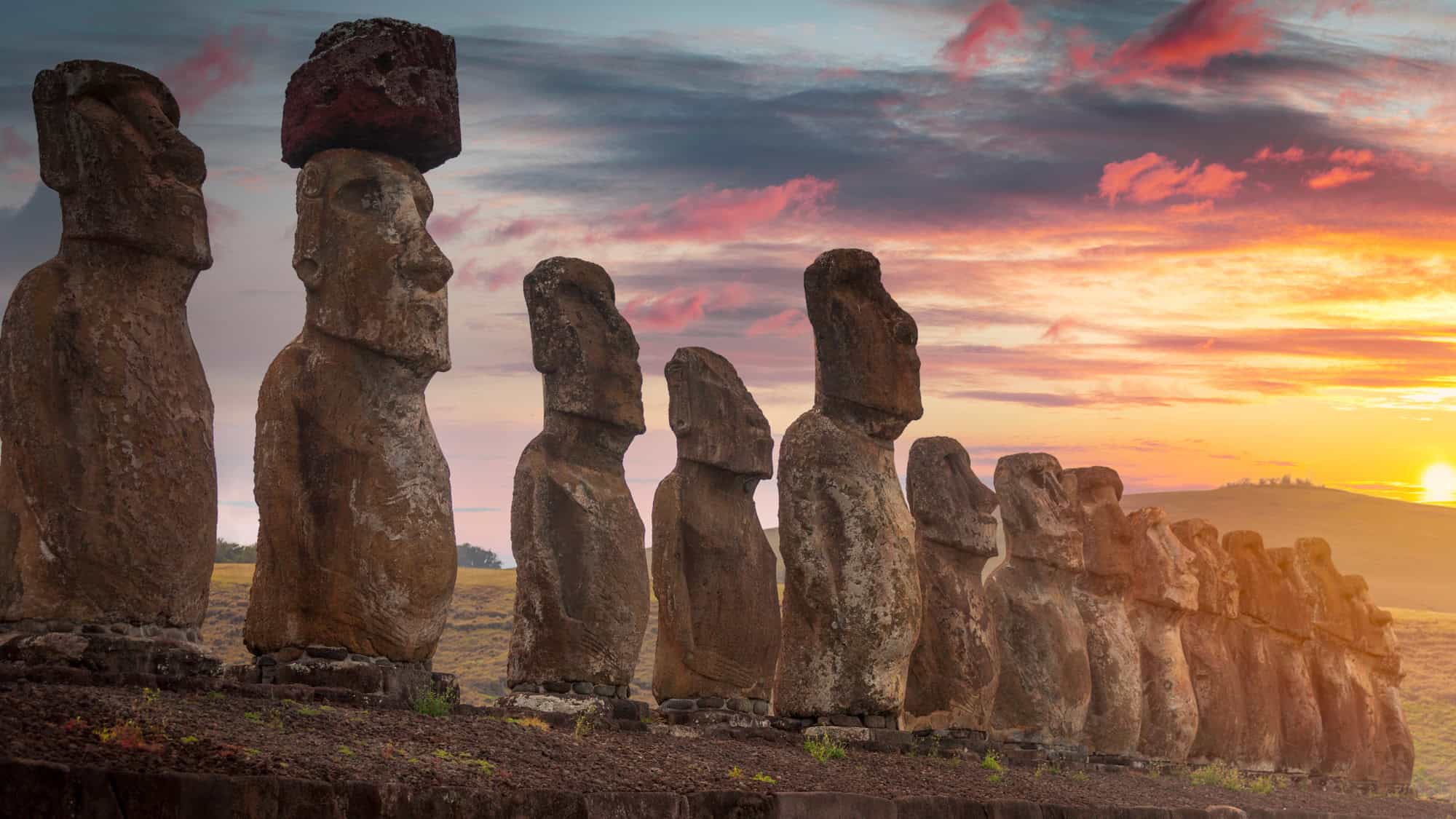
Easter Island’s claim to fame? Those iconic moai statues (dumb dumb want gum-gum, anyone?) with side-eye game so strong, it’s practically ancestral. But here’s the thing: a lot of people miss the wildest part of the story.
The Rapa Nui people didn’t just erect these statues; they walked them into place using an ancient rocking method that’s equal parts genius and “Are you kidding me?” But don’t get distracted by their smug expressions. The island itself is a stunner, with volcanic craters, jagged coastlines, and enough untamed beauty to make you forget the 30-hour flight to get there.
Sintra Cultural Landscape, Portugal
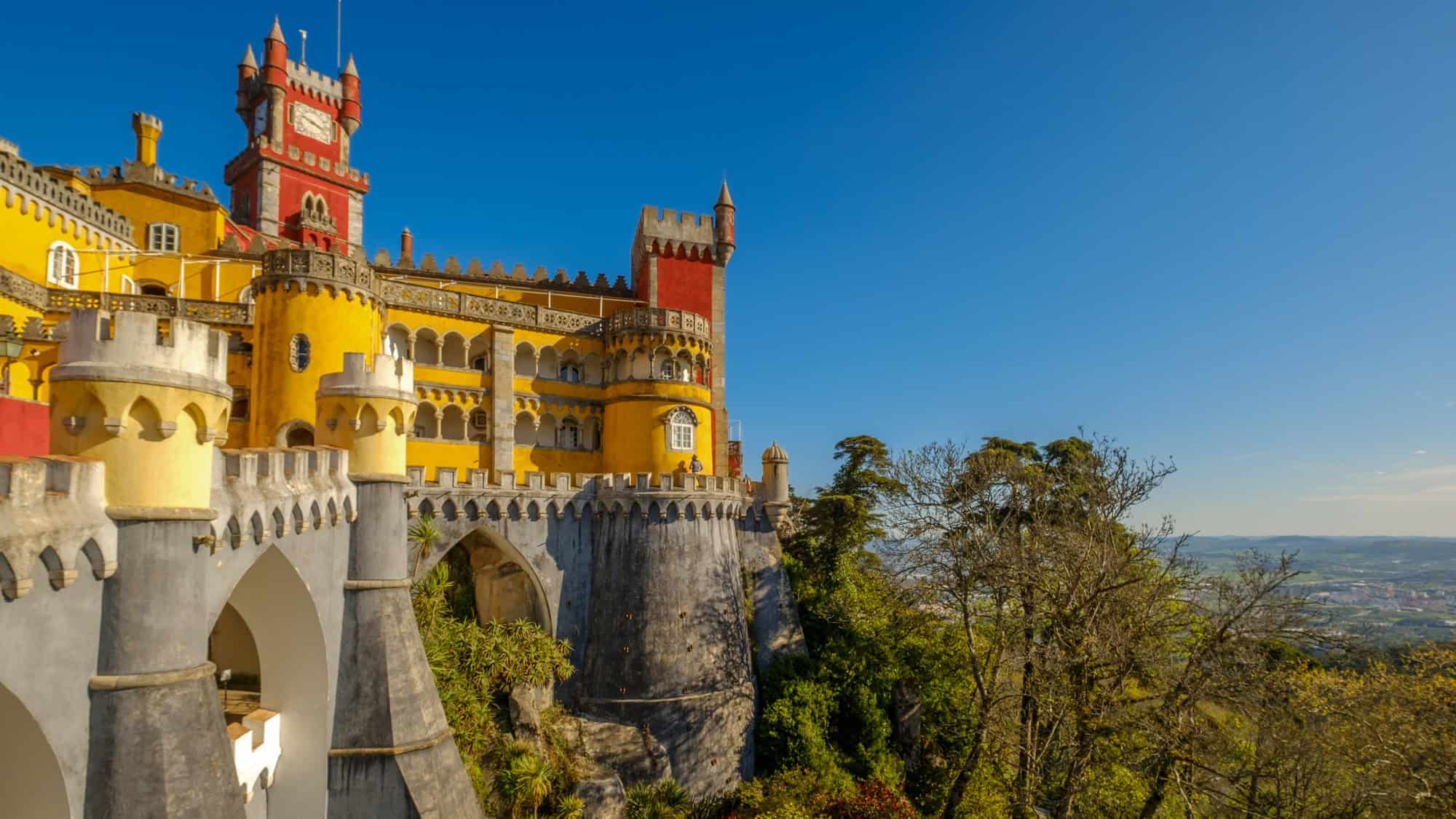
Sintra is where reality takes a vacation and lets daydreams run the show. It’s not just a town; it’s a straight-up storybook escape with castles, palaces, and gardens so poetic -they’d make a bard’s quill quiver. Lord Byron, who wasn’t exactly a guy to hand out compliments, called it a “glorious Eden.” Romantic much?
From the whimsical turrets of Pena Palace to the mysterious initiation well of Quinta da Regaleira, Sintra feels like it was designed by someone who took the word “extra” very seriously. So be prepared to lose yourself in the charm. Just know the maze-like gardens don’t have an undo button.
Great Barrier Reef, Australia

The Great Barrier Reef isn’t just a casual underwater breakup song between coral and fish; it’s a full-blown opera. Stretching over 1,400 miles along Australia’s coast, it’s the kind of place that leaves even the most eloquent traveler fumbling for words. “Big,” they’ll say, staring into the middle distance.
But honestly, it’s not just big, it’s alive. And not in the vague, motivational way; literally alive. This aquatic metropolis is bustling with marine biodiversity and a color palette that would make a painter weep. And if that weren’t dramatic enough, it’s visible from space. Yes, space. What have you done lately? Exactly.
Mont-Saint-Michel, France

Mont-Saint-Michel is what happens when architecture has a flair for the theatrical. During high tide, the island turns into a magical fortress floating above the sea, like it’s in a medieval play that refuses to end. And the waters rush in so fast, you’d think they’re late for an appointment.
Low tide? It switches roles and becomes a charming village on a hill… versatile, huh? The climb to the abbey at the top is steep enough to double as cardio, but the views are more than worth the sweat. Just make sure to time your visit, or you might find yourself stranded until the “moody” tides decide to play nice again.
Meteora, Greece
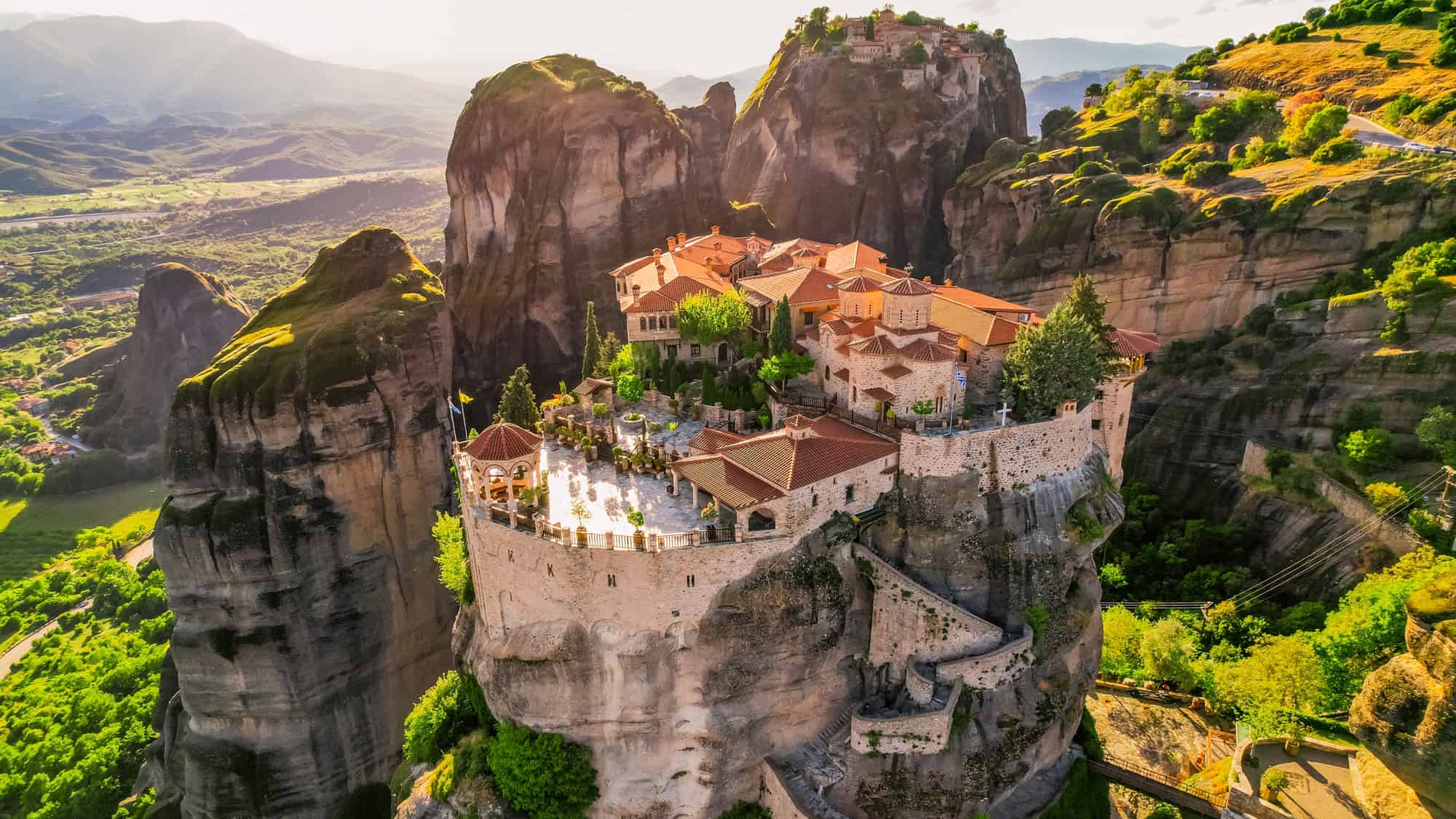
If gravity worked like it was in on the joke, you’d have Meteora’s monasteries. Perched atop towering rock pillars, these centuries-old buildings look like they dared physics to fight them (and won). The name “Meteora” means “suspended in the air,” which checks out because these monasteries seem to hover, defying every logical reason for being there.
The monks who built them? Absolute legends with a reckless disregard for height anxiety. If you make the climb, you’ll be rewarded with views so spectacular, they’ll ruin every panoramic shot you’ve ever taken on your phone. Plus, monks live there, so maybe a little of their serenity will rub off on you.
Wulingyuan Scenic Area, China
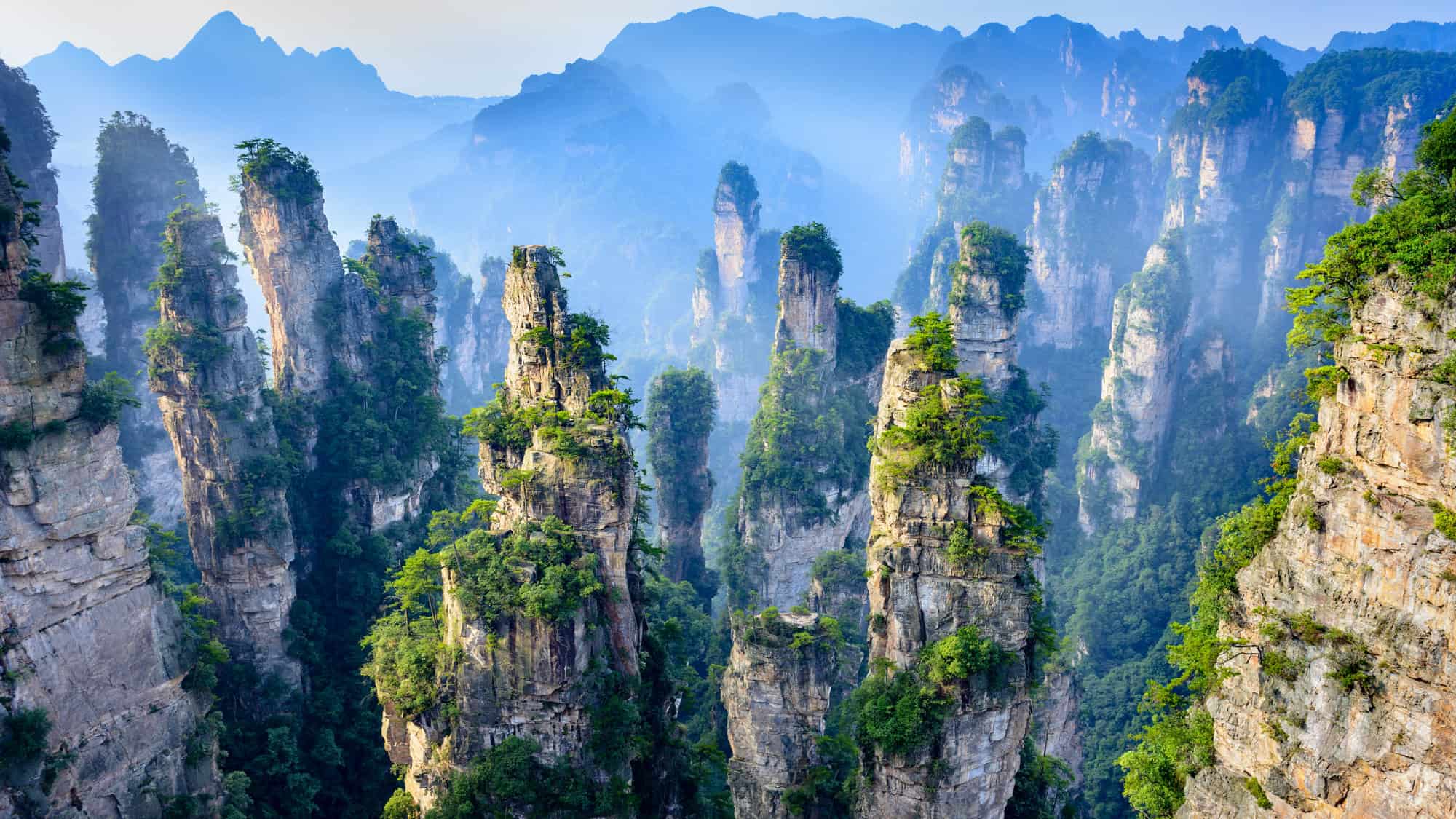
Imagine a scene where the Earth decided to try its hand at abstract art and nailed it. That’s Wulingyuan for you, with over 3,000 towering sandstone pillars scraping the sky like nature’s own skyscrapers. Some of these bad boys rise more than 650 feet, shrouded in mist so dramatic it’d make James Cameron jealous. It’s no wonder this place inspired the floating mountains in a certain blockbuster about blue alien people.
Wandering through this surreal landscape almost feels like stepping into a fantasy realm. Just be prepared for your jaw to drop repeatedly. It’s a place that whispers mystery, dazzles the eyes, and might even leave you debating if gravity works differently here.
Skellig Michael, Ireland
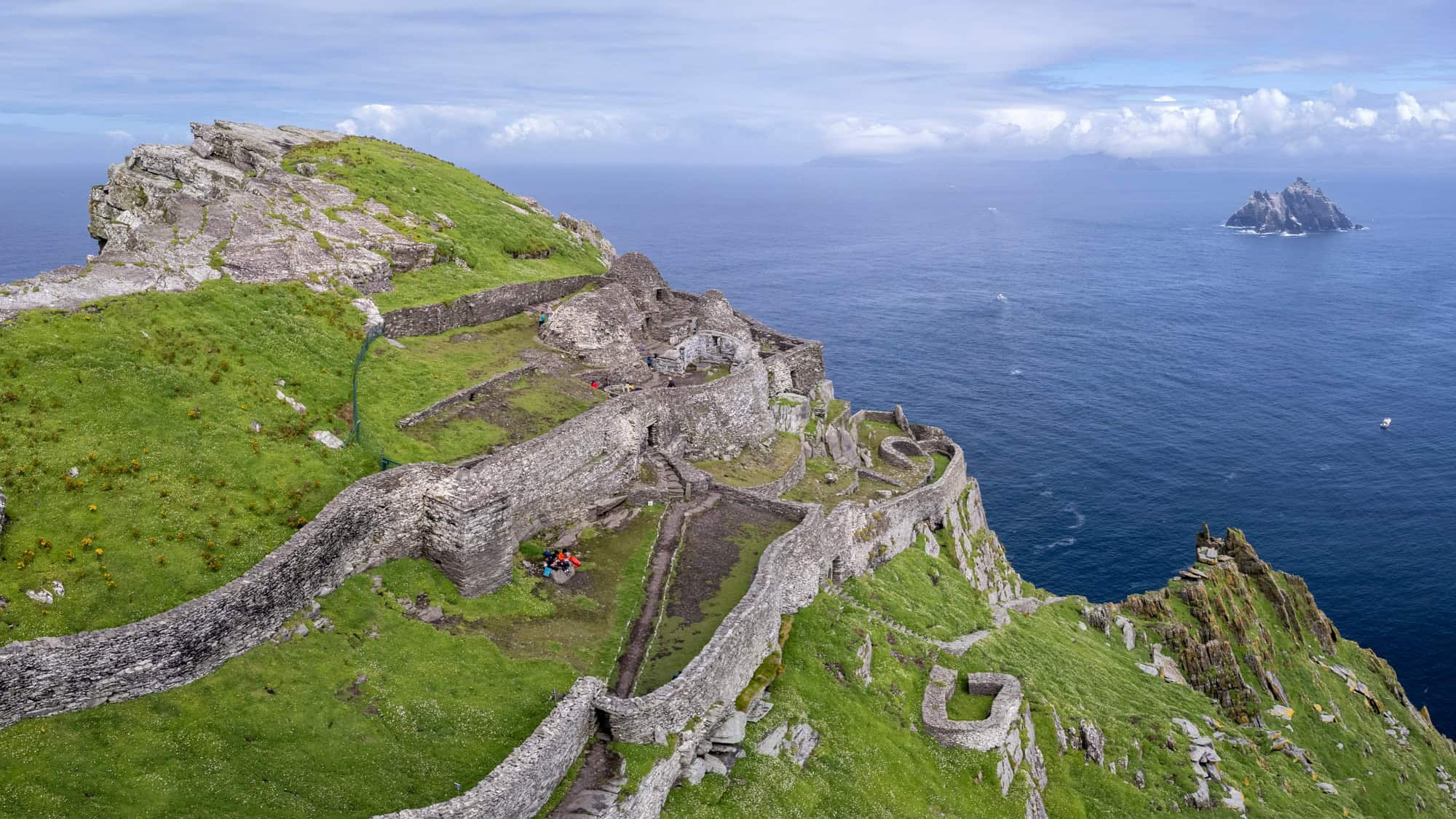
If isolation were an Olympic sport, the early monks of Skellig Michael would’ve snagged all the golds. Perched on this jagged sea stack off Ireland’s coast, their ancient monastery basically says, “We wanted peace, and we found it.”
Battling relentless winds (and probably seagulls with attitude), these monks built a haven of solitude that’s equal parts humbling and awe-worthy. Today, getting there involves a rocky boat ride, a steep climb, and enough determination to impress those monks. But once atop, you’re treated to an experience that’s equal parts spiritual and exciting, with stone beehive huts looking out over a horizon where the sea stretches forever.
Bwindi Impenetrable National Park, Uganda

The name says it all; this forest is impenetrable, but luckily for you, they’ve put trails in. And located among this ancient greenery lives about half the world’s mountain gorillas, which means the locals include some truly massive, hairy celebrities with serious charisma.
Trekking through the lush landscape is like walking into nature’s very own green room, where every step is a reminder that you’re pretty small… and also, you should’ve done more cardio. But when you lock eyes with a gorilla, it’s pure magic (read: life-changing).
Socotra Archipelago, Yemen
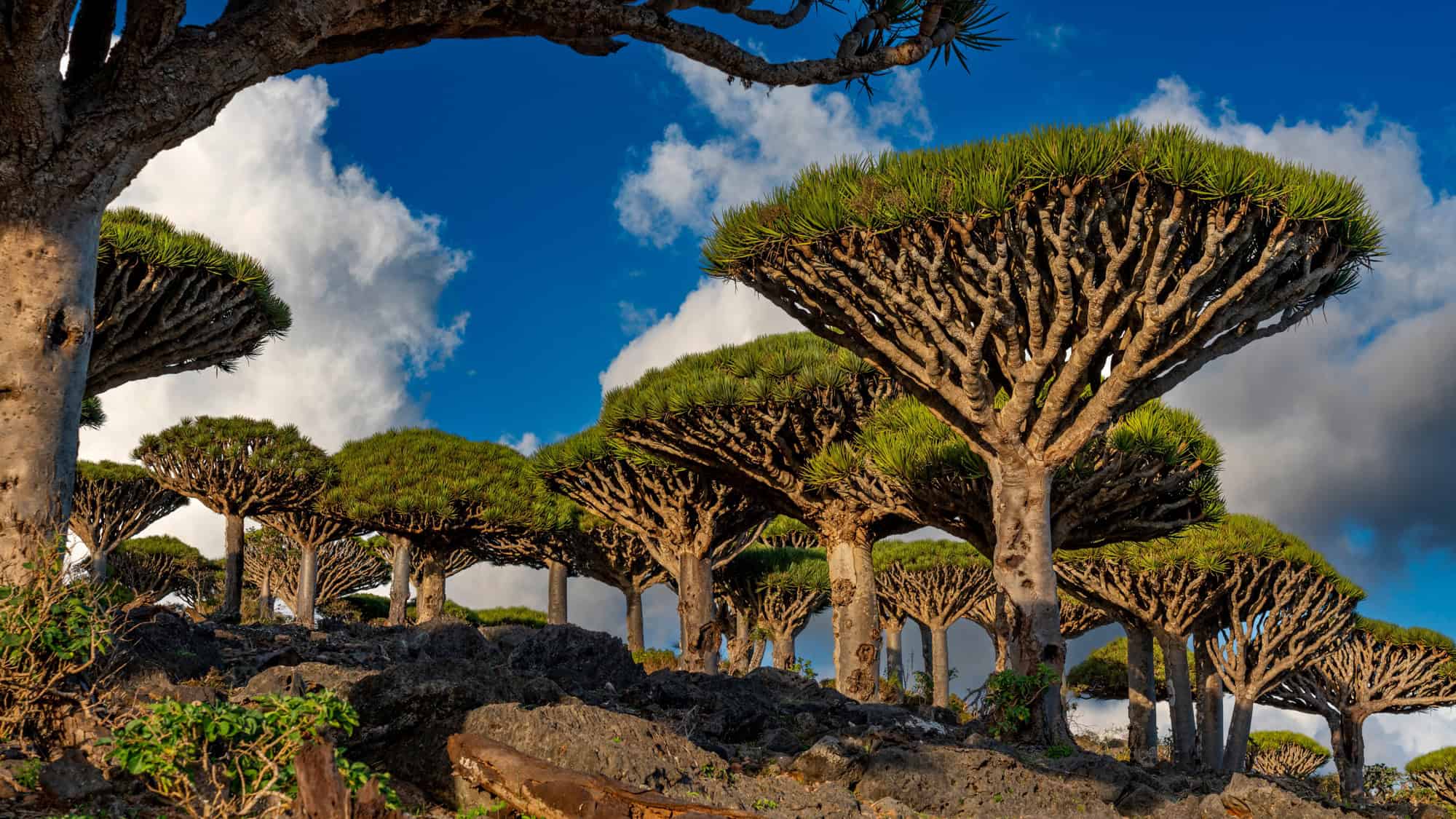
If you’ve never heard of Socotra, congrats! You’re about to learn about Earth’s secret weird-yet-stunning sibling. This remote archipelago is home to plants so quirky, they’d easily win “Most Likely to Confuse Botanists.”
Take the Dragon’s Blood Tree; its umbrella-like shape looks straight out of a surrealist painting, and its red sap has more mythos than your average campfire tale. Did you know that over a third of Socotra’s flora exists nowhere else, making it a true botanical unicorn of the Indian Ocean? And while the landscape might seem a little alien, the sense of wonder you feel exploring it is 100% human.
Giant’s Causeway, Northern Ireland
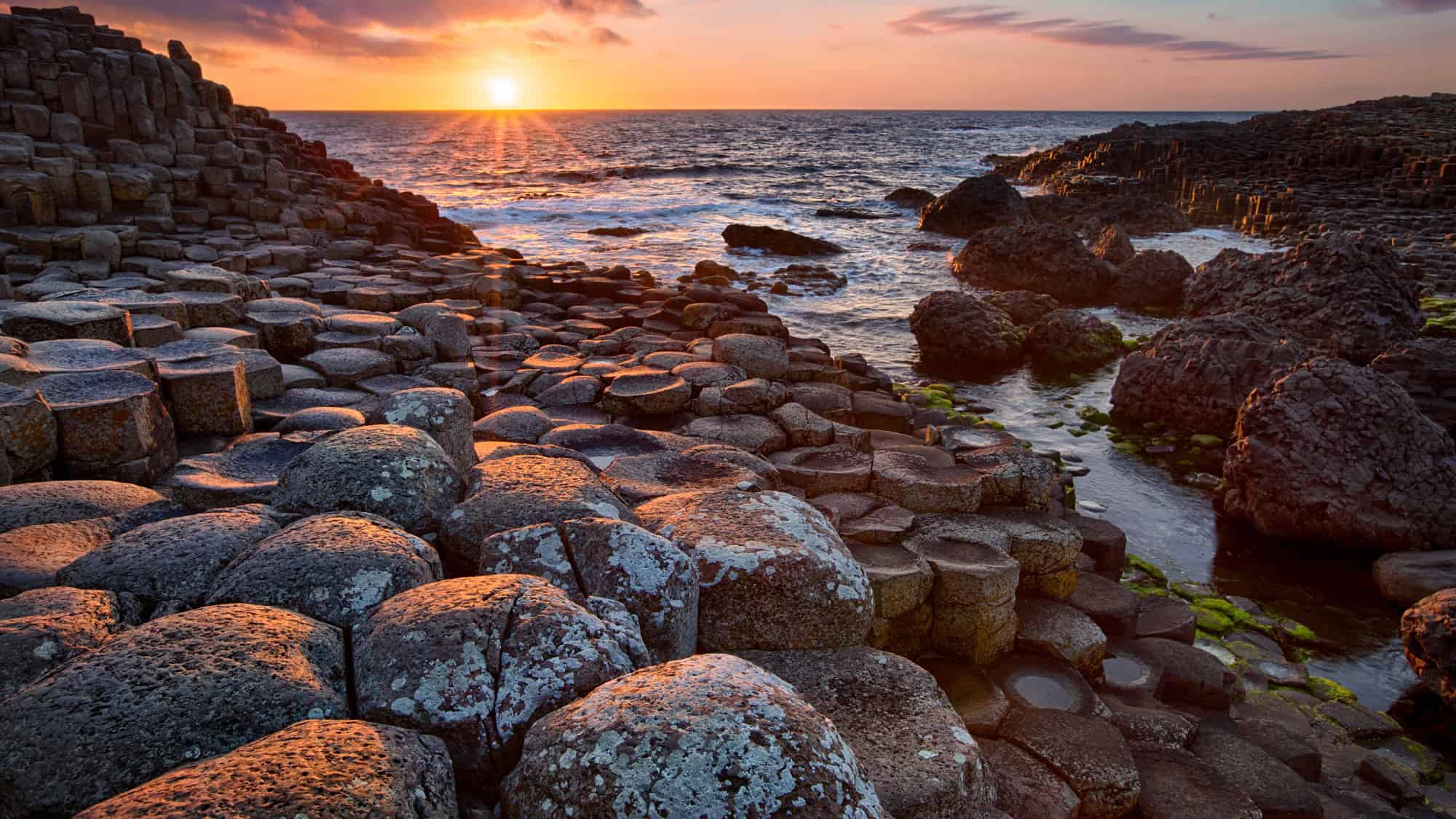
You know a place is epic when folklore blames its very creation on giant smack talk. According to legend, Finn McCool built the Giant’s Causeway as a stage for a showdown with a Scottish rival. Who needs a wrestling ring when you can have 40,000 interlocking basalt columns?
Walking along this natural phenomenon feels like stepping over a petrified honeycomb, with the sea thrashing dramatically nearby to give the whole scene maximum impactfulness. And whether you’re into geology, mythology, or just really cool photo ops, you’ll leave the Causeway feeling inspired (and maybe a little in awe of Finn’s ambition).
Valparaiso, Chile
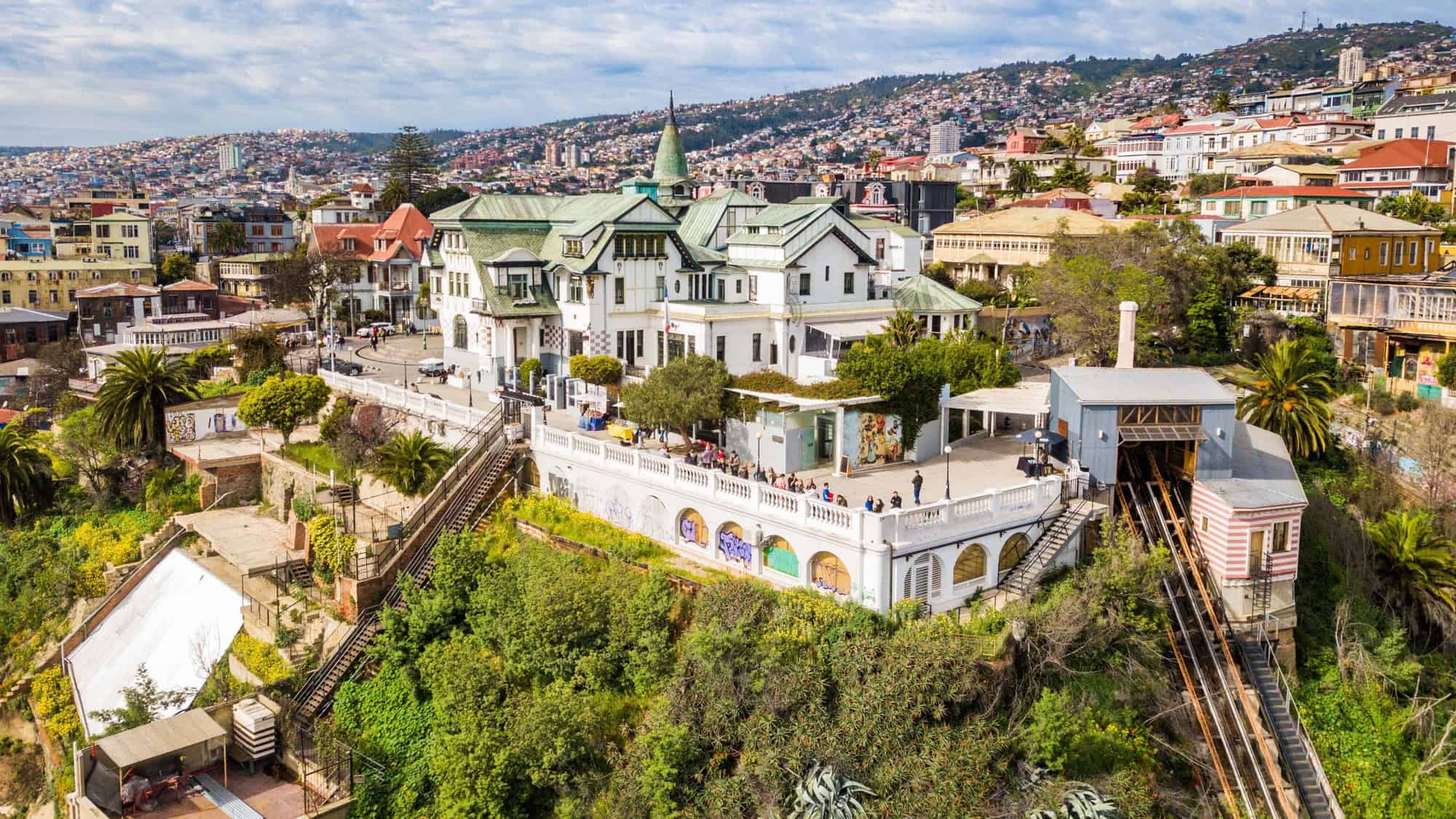
Who needs an elevator when you’ve got ascensores that are part transportation, part rollercoaster? Valparaiso’s famous funiculars have been hauling people (and probably a few over-packed grocery bags) up impossibly steep hillsides since the late 1800s.
And these cable cars aren’t just practical, they’re also charmingly vintage, rocking a sort of “still functional, but make it stylish” vibe. Each ride feels like a short trip back in time, complete with panoramic views that’ll knock your socks off if the ride itself doesn’t first. Add in the city’s graffiti-covered streets and colorful houses, and you’ve got yourself a hill-climbing experience to write home about.
Tassili n’Ajjer, Algeria
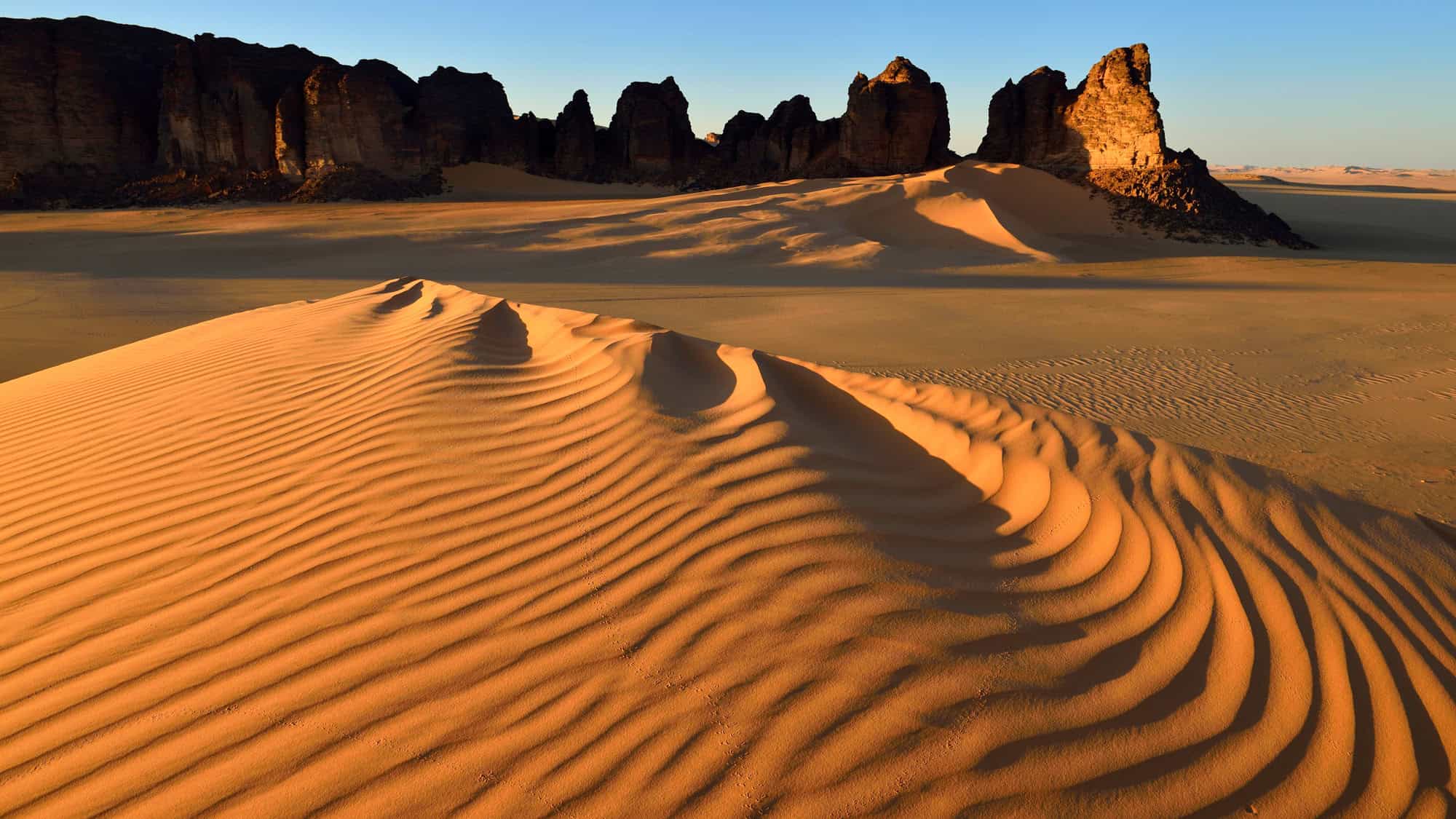
Take a remote plateau, throw in some 12,000-year-old art, and you’ve got Tassili n’Ajjer, where history decided to go all out. The prehistoric cave paintings here are like humanity’s very first attempt at a scrapbook (except they absolutely nailed it).
Etched into rock faces, these depictions include everything from ancient hunting scenes to early attempts at drawing cows. Apparently, livestock were very photogenic even back then. And the landscape itself is unique, with surreal sandstone formations that could make even the most jaded traveler do a double-take. Getting here might involve some effort (and most likely, some dust), but where else can you casually stroll through artwork that predates… you know, civilization?
Durmitor National Park, Montenegro
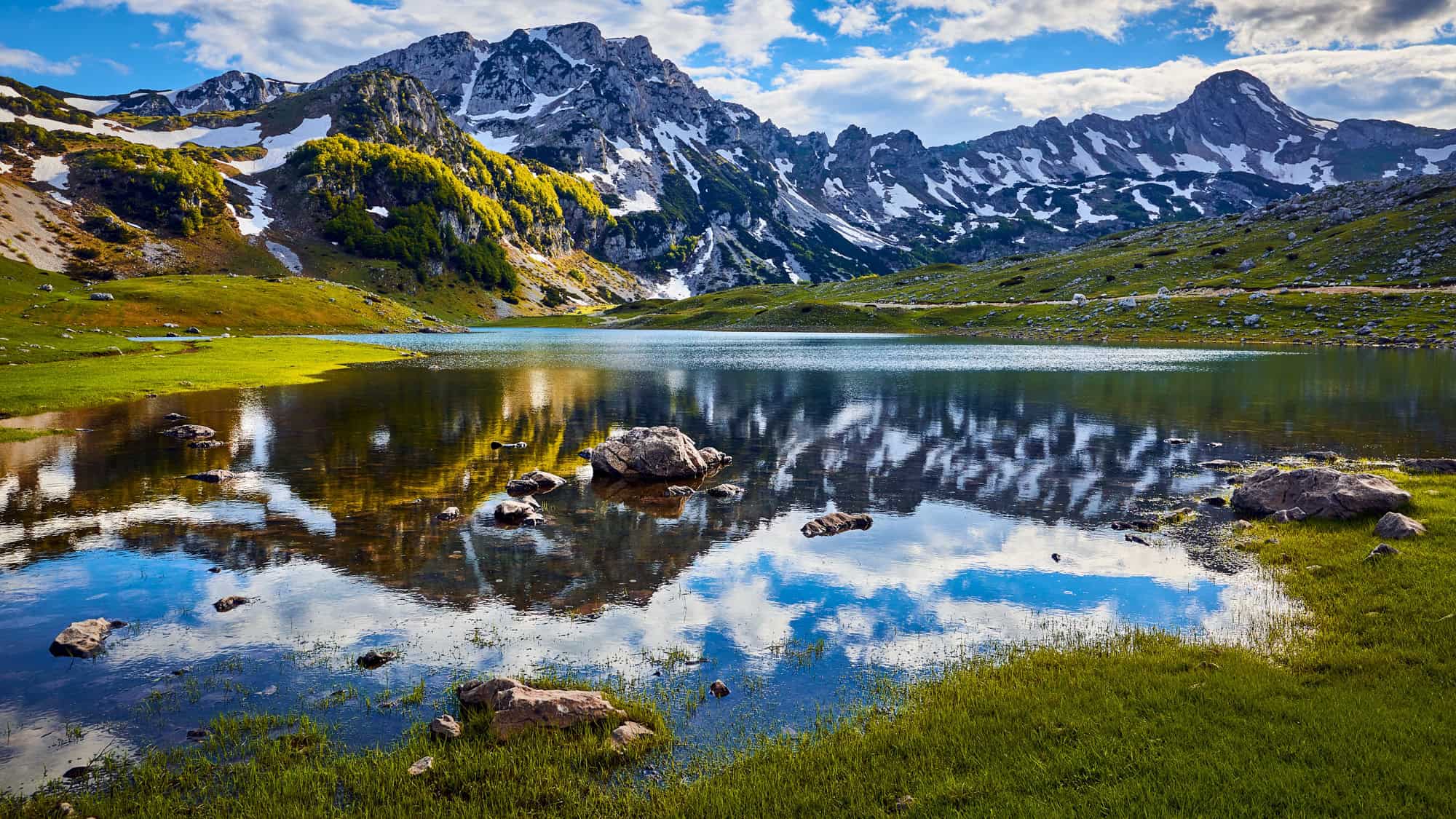
Durmitor has one heck of an impressive calling card: Europe’s deepest canyon. The Tara River Canyon plunges over 4,300 feet, which, in human terms, is “don’t drop your phone off the edge” deep. This park is nature at its finest, with jagged peaks, glacial lakes, and trails that practically beg for a sturdy pair of hiking boots.
The canyon itself is a turquoise ribbon cutting through dramatic cliffs, perfect for rafting (if you’re feeling adventurous). Or just stand at the edge, wave down at the kayakers, and mentally pat yourself on the back for not getting that close to the river.
Rice Terraces of the Philippine Cordilleras, Philippines
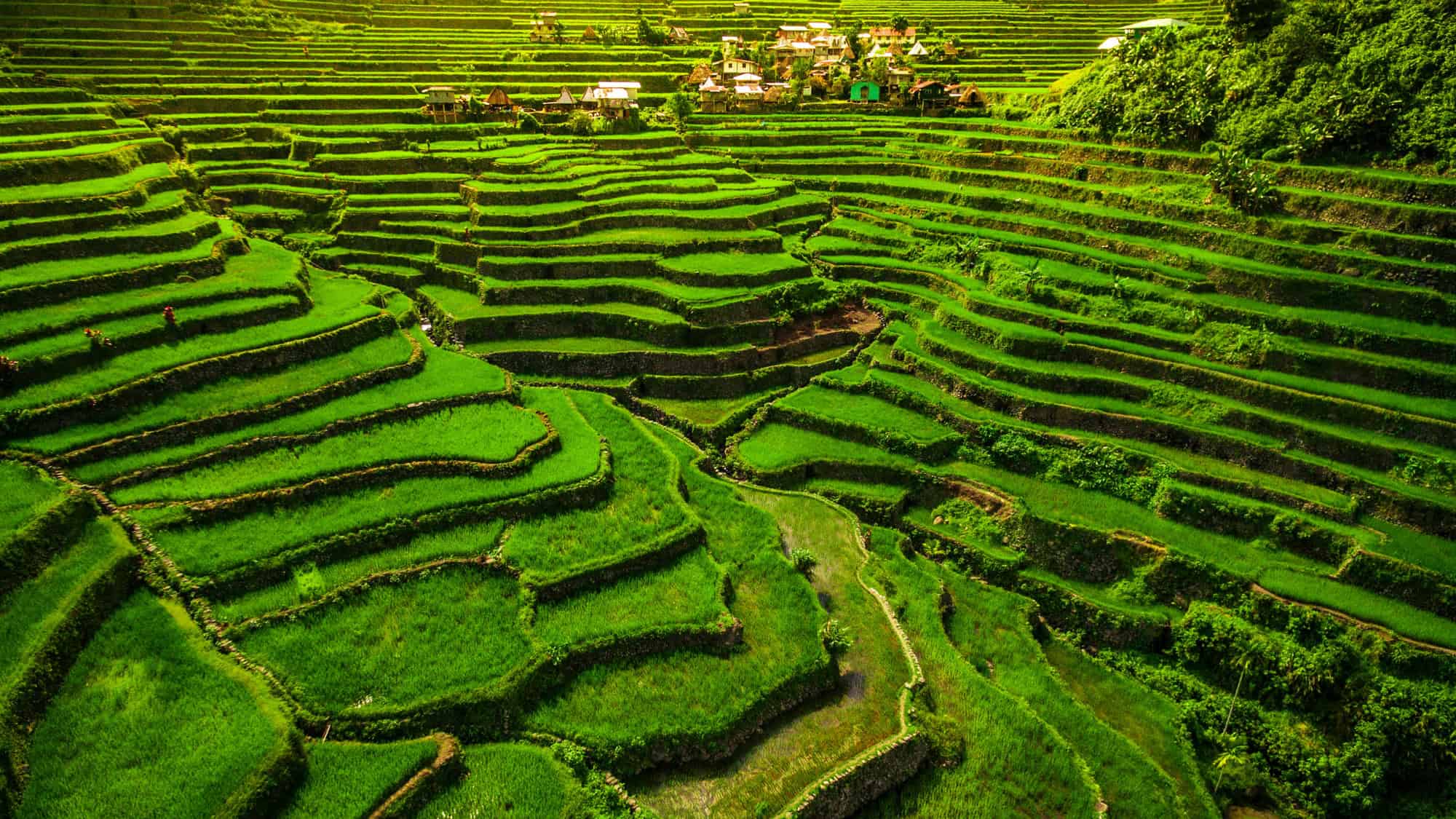
The Ifugao people didn’t just carve terraces into the mountains; they created a masterpiece that has been defying gravity and modern farming trends for over 2,000 years. These rice paddies cling to the slopes like a natural version of tiered seating… except the only spectators here are really patient water buffaloes.
The amount of sheer determination it took to turn vertical landscapes into farmland is, frankly, humbling. And the Banaue terraces, in particular, are an agricultural symphony, with cascading rows of green that stretch toward the clouds. Watching locals still using these ancient terraces to grow rice today is a reminder that some traditions are too incredible to fade out.
Samarra Archaeological City, Iraq
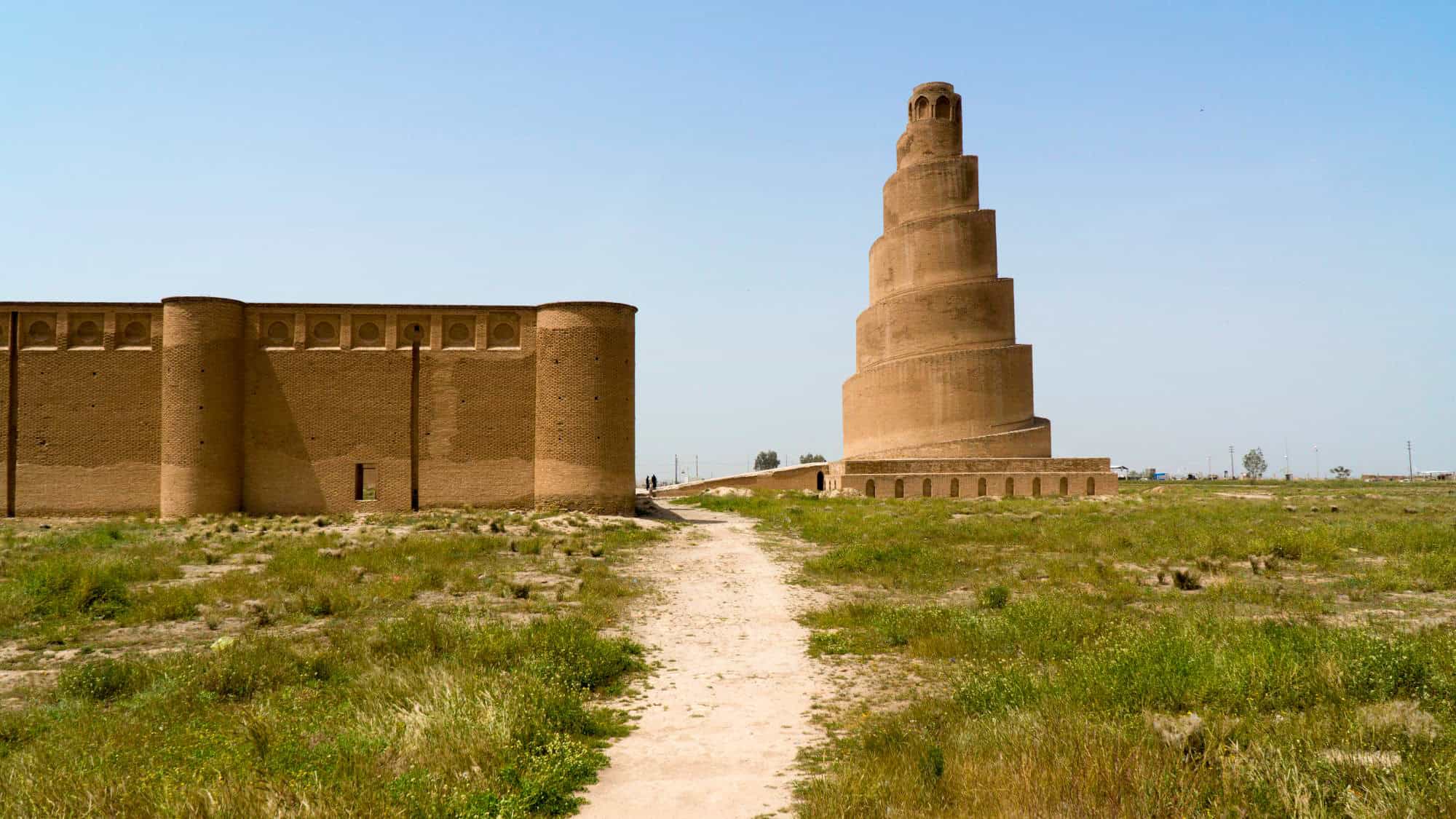
Samarra’s Great Mosque isn’t just a historic site. It’s also a 170-foot-tall reminder that spiral staircases are for every generation and civilization. And the mosque’s minaret, known as the Malwiya Tower, looks a bit like someone turned a soft-serve ice cream cone into architecture, but with a lot more grandeur.
Climbing it is both a workout and an exercise in balance (those stairs are no joke), but the view from the top? Worth the leg-burning effort. The city itself was once a thriving hub of Islamic culture in the ninth century, and wandering its ruins feels like flipping through the faded pages of history. However, if you hear someone yelling about vertigo while navigating the tower, maybe step aside before they come spilling down the steps, knocking everyone over like dominoes.
Like Our Content? Make sure to join our newsletter for all the latest on outdoor adventures (and a FREE STARGAZING GUIDE). Click here to sign up!




